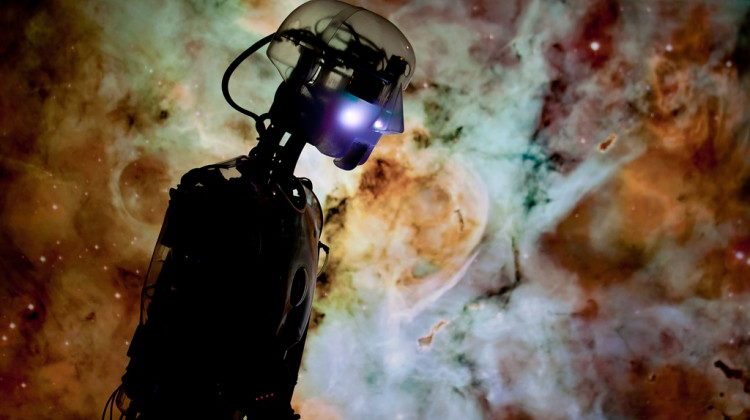January, the time of New Year Resolutions. Use that stagnant gym membership, learn a new language, become a black belt in karate. Well it would appear we’re not the only ones seeking self-improvement.
A network for robots being tested in the Netherlands, RoboEarth, is designed to help them with their attempts at self-improvement. Soon, our mechanical minions will be able to compare notes on how to best care for us.
Service robots are machines designed to perform tasks with or for humans in normal environments as opposed to in a factory setting. The intelligent ones have some freedom with regards to how to complete a task and are required to make decisions on their actions based on their knowledge and senses. So the good news is, there are robots to make sandwiches, do your washing and even ones that have mastered the art of something far too many humans struggle with – building Ikea furniture.
However it’s not as Bicentennial Man as it might sound, the robot must first be provided with the knowledge needed to perform these tasks. This knowledge is centered on the objects involved in these tasks, their look, how they can be picked up and where they are kept as well as other general information such as space and environment (maps of rooms and buildings). These things are engineered into their software, this process takes a long time, even for a simple task like putting the kettle on and is limited in that the robot will only know the exact things that it has been taught. So as a scientist and his PHD can’t be shipped off along with every robot, researchers have had to examine how to get these robots to learn quickly about a new environment.
Enter RoboEarth, who along with Philips have developed what is essentially a Wikipedia for robots. When one robot in England learns how to work a toaster, it can then upload the information onto the robot network. A fellow robot in Norway with no experience of using a toaster can log on and learn how to recognise and use one. The system allows the knowledge that has been programmed to one robot to be shared with another robot, anywhere in the world via a shared, web-accessible database.
The stereotypical vision of the future is robots and flying cars. It would appear in the not too distant future there could be a robot helper bringing you your morning coffee. So, where’s this flying car?
Read the original post here.
Photo (cc) Andrej Blagojević on Flickr

